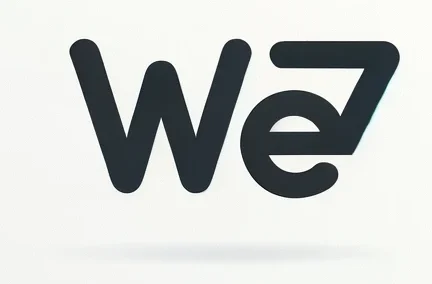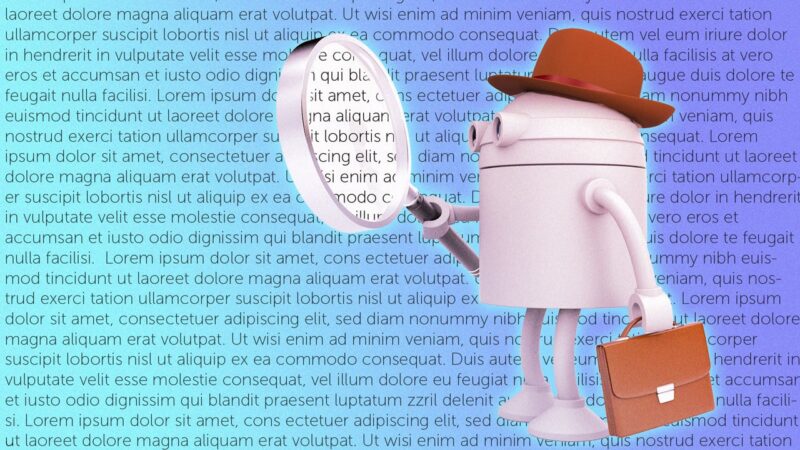Academic and professional writing thrives on originality. Yet, in the rush of deadlines and competitive demands, copied text often slips into essays and reports. For businesses, universities, and even financial institutions that rely on credibility, spotting this duplication matters.
Plagiarism isn’t just an academic offense, it undermines trust, damages reputations, and can carry serious financial or legal consequences. The good news is that there are straightforward, reliable ways to recognize copied passages before they cause harm.
Why Identifying Copied Text Matters
In both education and business, written work reflects competence and integrity. An essay filled with borrowed material without acknowledgment doesn’t just mislead, it can distort analysis, weaken decision-making, and create compliance risks.
Finance professionals especially know how costly misinformation can be, whether in a student case study or a corporate report. By investing in detection, institutions safeguard intellectual honesty and prevent costly misunderstandings.
Leveraging Technology for Smarter Checks
Modern tools make plagiarism detection far more efficient than manual checks alone. Online platforms scan thousands of databases and published sources to reveal similarities in seconds. This is especially valuable in business environments where time is tight, but accuracy is critical.
A trusted option many educators and professionals turn to is an AI detector. It analyzes content to flag passages that may have been copied or generated unnaturally. Pairing these tools with human judgment creates a balance: speed and scale from technology, nuance and context from the reviewer. The result is stronger accountability without unnecessary suspicion.
Key Signs of Copied Content
When you don’t have a tool at hand, patterns in the writing itself often reveal duplication. Look for:
- Shifts in tone or vocabulary – sudden jumps from simple wording to highly technical phrasing.
- Inconsistent formatting – unusual quotation marks, font changes, or spacing errors.
- Lack of sources – complex data or niche facts presented without references.
- Too-polished sentences – passages that read like they’ve been lifted straight from a textbook.
Spotting one of these doesn’t confirm plagiarism, but several together should raise a red flag. Combining observation with digital checks usually provides a clear answer.
Comparing Manual vs. Automated Approaches
Both manual and automated methods have their place. Manual checks provide context, while automation ensures scale and speed. The table below highlights where each approach excels:
| Approach | Strengths | Weaknesses |
| Manual Review | Adds context, detects paraphrased ideas | Time-consuming, limited reach |
| Automated Tools | Fast, comprehensive, database-driven | May flag false positives without context |
| Combined Strategy | Balanced, thorough, reliable | Requires training and judgment to apply |
Using both ensures that nothing slips through, while avoiding over-reliance on algorithms alone.
Practical Tips for Educators and Businesses
Effective detection doesn’t always require expensive systems. Practical, everyday strategies make a big difference:
- Encourage students and employees to submit drafts early for feedback.
- Provide clear guidelines on citation and originality standards.
- Use random spot-checks for essays and reports.
- Maintain an updated library of reference material for comparison.
These measures reduce opportunities for copied text and promote a culture of integrity.
The Role of Policy and Culture
Technology can catch copied lines, but culture prevents them. Businesses and schools that clearly communicate expectations see fewer plagiarism issues. Clear policies, consistent enforcement, and supportive education make honesty the default choice. When people know that originality is both valued and monitored, they are less tempted to cut corners.
Even the best systems occasionally flag original work as copied. Common phrases, industry terms, or statistical data may appear identical across multiple sources. It’s important to interpret results with care and allow room for clarification before judgment.
Building Trust Through Vigilance
Spotting copied text in essays is more than an academic chore; it’s a practice that upholds credibility in business and education alike. With careful observation, smart use of tools, and a supportive culture, plagiarism becomes far easier to detect and prevent.
The result isn’t just cleaner essays or more reliable reports; it’s a foundation of trust that strengthens learning, decision-making, and professional reputation.
Originality builds confidence, and confidence builds lasting success.

